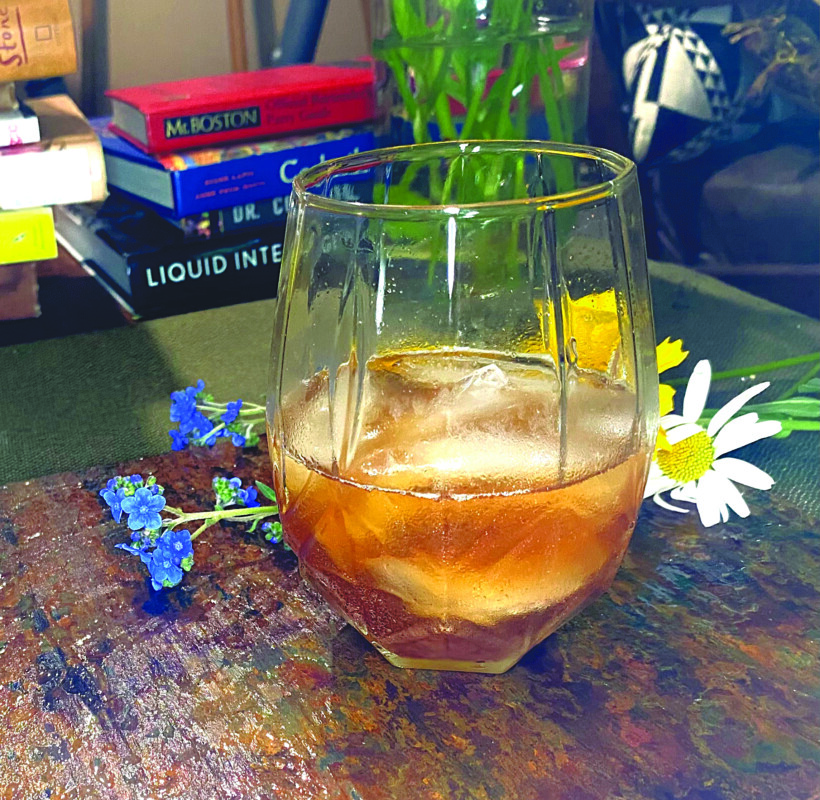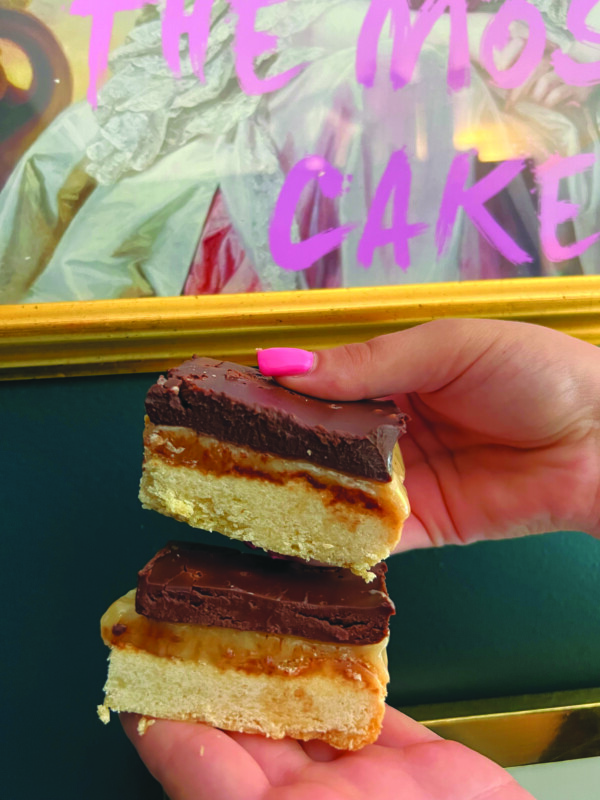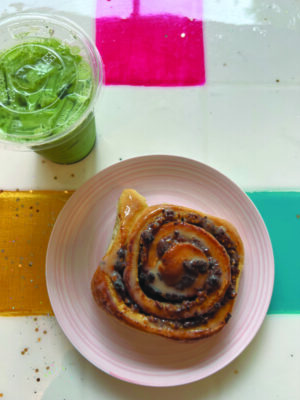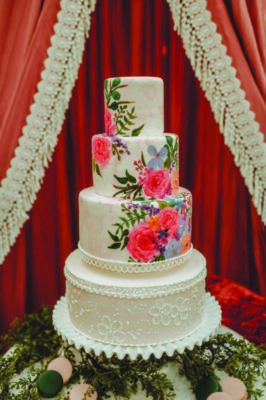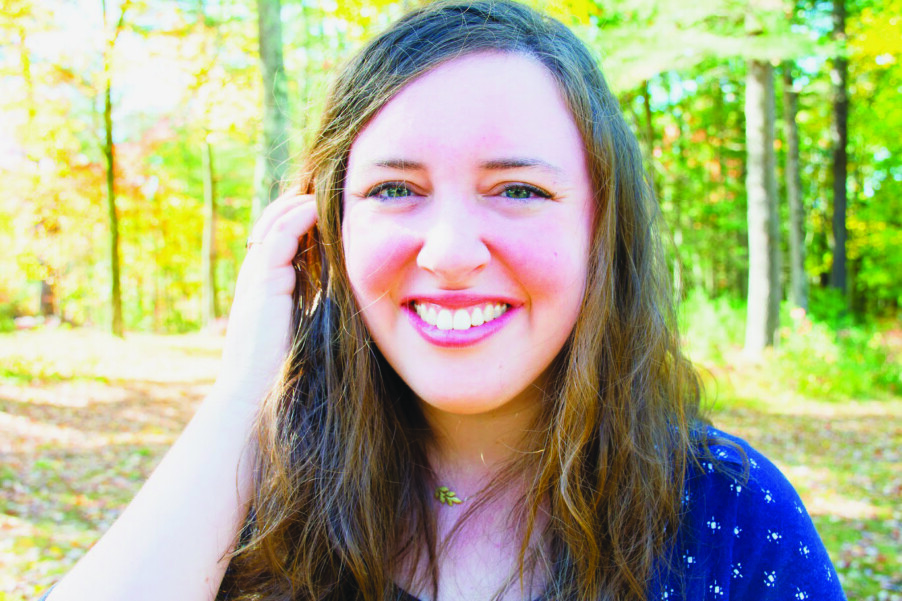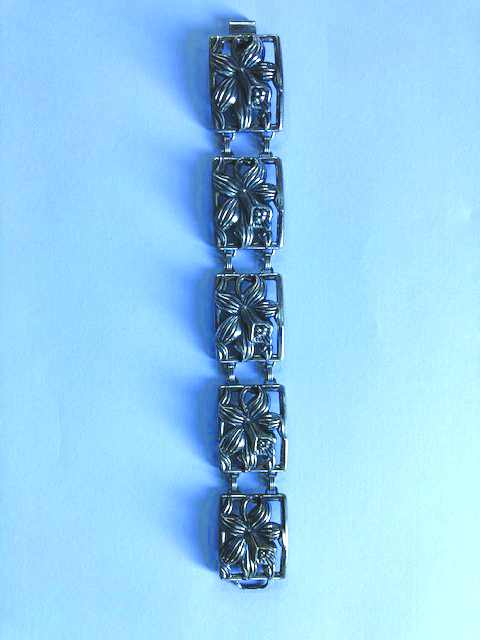Because I am a humble man, I don’t often bring this up, but it has bearing on today’s topic, so I’ll say it now and get it out of the way, so we can move on.
I make the World’s Best Breakfast Sandwich.
I know; it seems unlikely. You’d expect the inventor of such an important — dare I say, landmark? — development to be a tall, handsome, strapping man of great intelligence and taste. You’d be disappointed.
And, of course, you’ve got the lunch-counter lawyers who will want to get into the whole, “How can you quantify matters of personal preference?” Some people might even argue, “How do you even define the word ‘sandwich’, anyway?” — you know, the same people who like to start the argument about whether a hot dog is a sandwich or whether breakfast cereal is soup. Those jerks. [Editor’s note: Hippo totally and with troublemaker intent stirred this pot in our Best of 2022. Hippo readers pretty definitively said 76 to 24 percent that a hot dog is not a sandwich.]
But the fact remains that there is one clear best breakfast sandwich, and I’m the guy who invented it. I am so confident of this that I have it on my resumé, which has provoked several extended discussions during job interviews. I haven’t always gotten those jobs, but by the time I left, the various hiring committees knew what to make for breakfast the next morning.
Here is how you make it:
Toast one slice of plain, ordinary, white sandwich bread. If you try to use a snobbier, artisanal bread, this whole dish will collapse philosophically.
Spread the bread with a confident layer of peanut butter — natural, processed, it doesn’t matter. It has to be actual peanut butter, though. Almond butter, sunflower butter, tahini, these are all fine, admirable ingredients but this is not the job for them.
On top of the peanut butter, arrange a layer of pickled jalapeños — not fresh ones, not a splash of hot sauce. Pickled. Jalapeños.
Top the jalapeños with a fluffy scrambled egg. Not egg whites. Not whipped tofu.
Scrambled. Egg.
“Yeah, but I like a fried egg, and I don’t really see why—”
Shhhh.
One. Scrambled. Egg.
Season with a pinch of coarse salt and fresh ground pepper.
You and I both know how this is going to go down:
You’re going to try to prove how open-minded you are and you’ll make this — well, a version of it, anyway. You’ll substitute a self-respecting slice of sourdough for the sandwich bread, or you’ll use some fresh chiles you’ve got growing in your garden. You’ll make it, and eat it, and shrug your shoulders and say, “It’s OK, but I’m not sure what he’s making such a big deal about.” And you’ll move on with your life, burdened with just a little less respect for me than you had before.
And then, one day, when you need it most — when it is freezing rain outside, and the character you love the most on that show you like has gotten herself killed by a radioactive wombat, and work is terrible, and you just had a big fight, and you hate the world — on that day, you will make this sandwich the way it was meant to be eaten and you will feel the fragments of your broken heart start to slip back into place.
“OK,” I hear you say. “This is all certainly very … colorful and all, but what — if anything — does this have to do with cocktails?”
Oh, right.
I’m sure you already know this, but this Friday is the 94th anniversary of the first commercially sliced bread, which is, of course, one of the key developments that make this sandwich possible. And as long as we’re talking, in a roundabout sort of way, about bread that doesn’t get enough respect, let’s make a cocktail that honors another forgotten hero of the bread world: pumpernickel.
Pumpernickel Manhattan
Ingredients
- 1 Tablespoon caraway seeds
- 1 Tablespoon cocoa nibs
- 1½ ounces rye whiskey – I like Maker’s Mark
- 1½ ounces red vermouth
- 10 drops cardamom bitters
- 10 drops orange bitters
Thoroughly muddle the caraway seeds and cocoa nibs in the bottom of a cocktail shaker. (You could also use a mortar and pestle for this.) Add the rye, and swirl to combine.
Leave the whiskey, caraway and cocoa nibs for at least an hour, to get to know each other better.
Using a fine-meshed strainer, strain the rye over ice, in a mixing glass. Add the vermouth and bitters, then stir gently.
Pour into a rocks glass, and sip slowly.
Pumpernickel — the bread — is a close cousin of rye bread; that’s why we’re using rye for this Manhattan, rather than the more traditional bourbon. Its dark color comes from cocoa powder, and like all self-respecting ryes, it has caraway seeds to give it some [vague, punching motion]. As with any self-respecting Manhattan, the predominant flavor here comes from the whiskey — this is why we’ve used a fairly upscale rye — but the caraway and cocoa linger and remind you who you are dealing with. They are subtle about it — it doesn’t shout, “CARAWAY! WE’VE GOT CARAWAY, HERE!” but they leave you thinking about the finer points of pumpernickel bread.
As you should.
Featured photo. Pumpernickel Manhattan. Photo by John Fladd.

